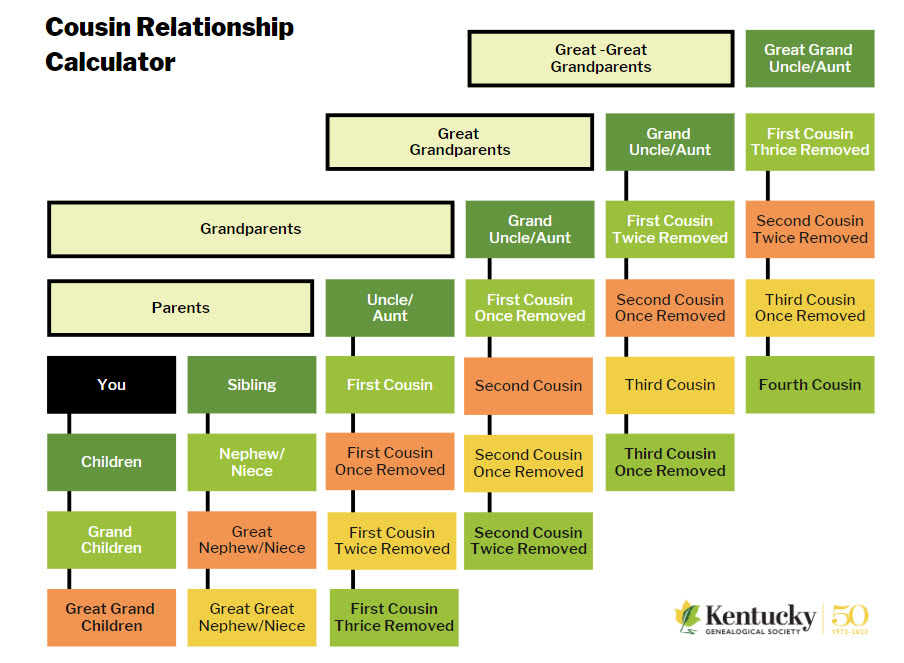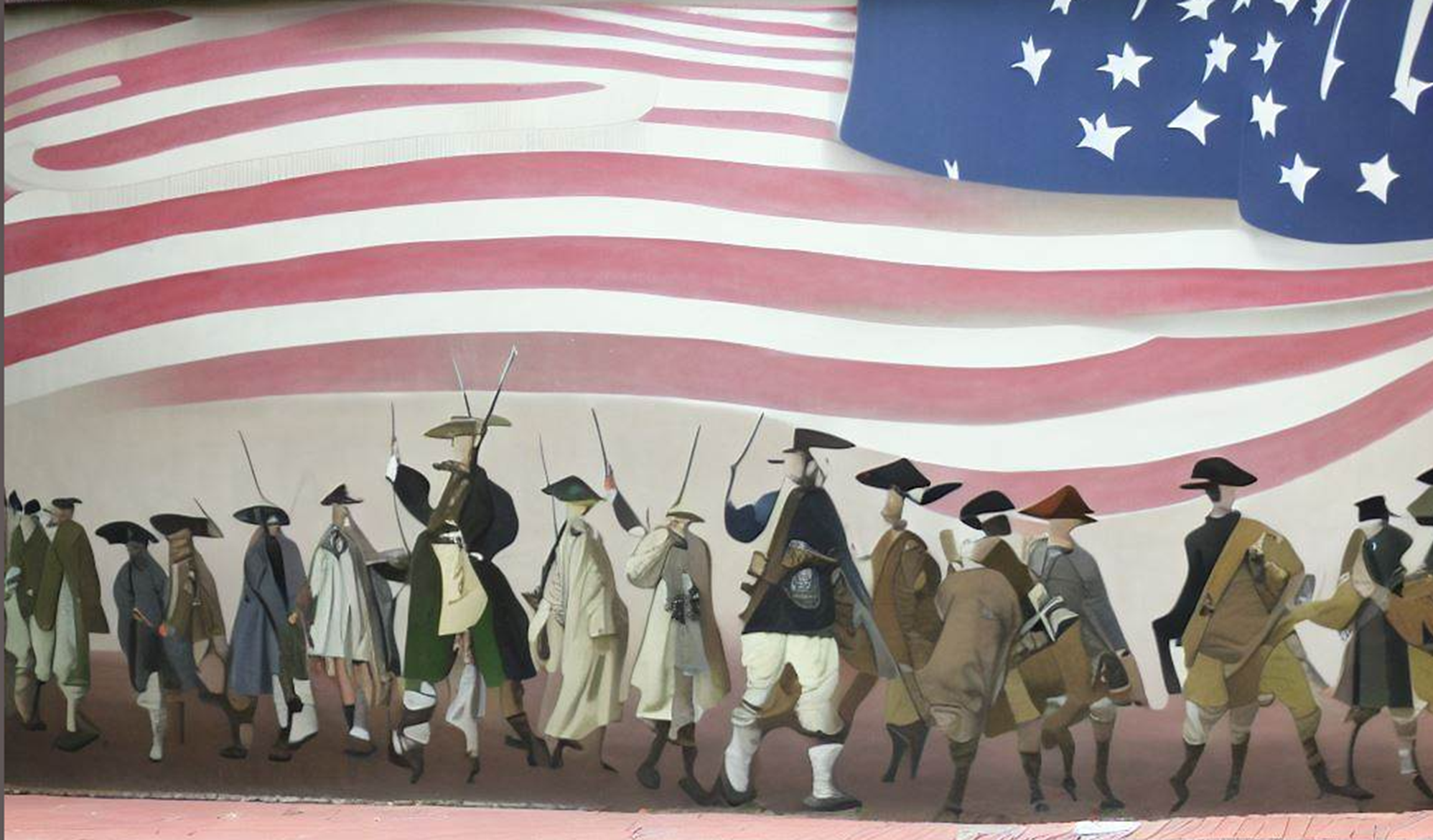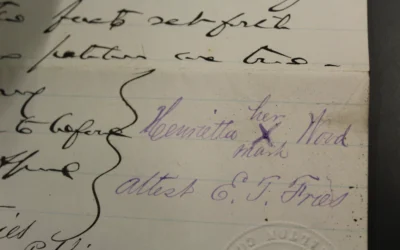Are you tracing your Kentucky roots and puzzled by terms like ‘fourth cousin’ or ‘cousin once removed’? This guide is here to help you navigate the intricate world of Kentucky genealogy. We’ll demystify these terms and provide simple formulas to help you understand your familial connections. Discover how far back your common ancestors are with your fourth cousin, learn the meaning of a ‘removed cousin’, and find easy tips to calculate these relationships yourself in the context of Kentucky genealogy.
An Easy Cousin Formula
When you meet a new cousin, it is always fun to figure out your common ancestor and your cousin number. For instance, if you meet a fourth cousin, how far back is your common ancestor?
Add one to the cousin number. For fourth cousins, 4+1 = 5. Thus, fourth cousins share a common ancestor five generations back:
- parents
- grandparents (the common ancestor for first cousins)
- great-grandparents (the common ancestor for second cousins)
- great-great-grandparents (the common ancestor for third cousins)
- great-great-great-grandparents (3rd great-grandparents, the common ancestor for fourth cousins)
Other Cousin Formulas
Subtract 1 from the cousin number, then add that many greats to the word grandparents.
In the above example: 4 – 1 = 3.
The common ancestor generation has three greats – great-great-great-grandparents.
Already know your common ancestor but want to know your cousin number? Here’s a tip from former Society board member Debra Renard:
Count the number of adjectives (including grand) in front of the word parents, and that’s the cousin number. For example: if you share great(1) -great(2) -great(3) – grand(4)parents, you are fourth cousins.
What is a Removed Cousin?
Let’s start by demystifying this enigmatic label. A cousin once removed is a relative who is of a different generation than you. They are either one generation older or one generation younger than you in your family tree. This term is often used to describe the relationship between two individuals who share a common ancestor but are not of the same age group.
The term “cousin once removed” can be applied in multiple ways, depending on the direction of the generational shift. For instance, if you have a child, your child’s children would be your cousins once removed. Likewise, your grandparents’ cousins would also be your cousins once removed, as they are of a different generation.






